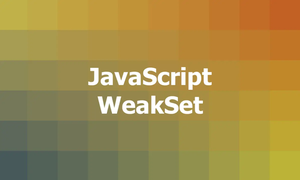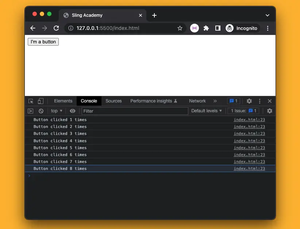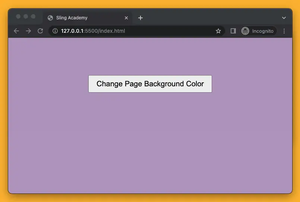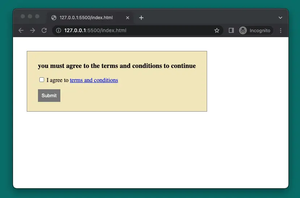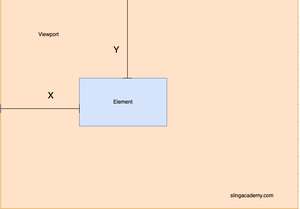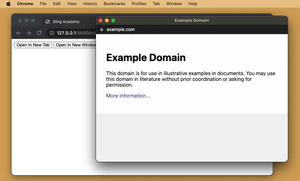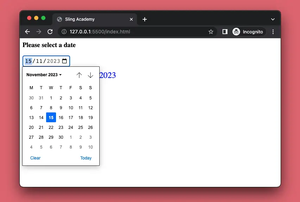This article covers everything you need to know about the for…of loop in JavaScript.
Overview
The for…of loop is a useful feature of JavaScript that simplifies the process of iterating over arrays, strings, and other iterable objects, without the need for manual index management.
The syntax:
for (let element of iterable) {
// do something here
}In this syntax, element represents the current element being iterated over, and iterable represents the collection being iterated. The loop will iterate over each element in the collection and execute the code block for each element.
Using for…of loop with arrays
One of the most common use cases for the for…of loop is with arrays.
In the example below, the for…of loop is used to iterate over an array called words and log each word to the console:
const words = ['spray', 'limit', 'elite', 'exuberant', 'slingacademy.com'];
for (let word of words) {
console.log(word);
}Output:
spray
limit
elite
exuberant
slingacademy.comUsing for…of with the “break” keyword
You can use the break keyword with for…of to exit the loop when and where you want.
Example:
const arr = [1, 2, 3, 4, 5, 6, 7, 8, 9];
const expectNum = 6;
for (let x of arr) {
if (x === expectNum) {
console.log(`${x} is the number we are looking for. Stopping loop`);
break;
} else {
console.log(`${x} is NOT the number we are looking for`);
}
}Output:
1 is NOT the number we are looking for
2 is NOT the number we are looking for
3 is NOT the number we are looking for
4 is NOT the number we are looking for
5 is NOT the number we are looking for
6 is the number we are looking for. Stopping loopUsing for…of loop with strings
In Javascript, strings are iterable, so the for…of loop works well with them.
Example:
const s = 'Sling Academy';
for (let char of s) {
console.log(char);
}Output:
S
l
i
n
g
A
c
a
d
e
m
yUsing the for…of loop with objects
It is possible to use the for…of loop with objects, but there are some limitations. Objects are not iterable by default, but you can make them iterable by defining a Symbol.iterator method on the object.
Example:
const person = {
name: 'Maidenless',
email: '[email protected]',
age: 39,
location: 'The Lands Between',
};
// make the object iterable
person[Symbol.iterator] = function* () {
const keys = Object.keys(this);
for (let key of keys) {
yield [key, this[key]];
}
};
// use for..of loop to iterate over the object
for (let [key, value] of person) {
console.log(`${key}: ${value}`);
}Output:
name: Maidenless
email: [email protected]
age: 39
location: The Lands BetweenThis is actually a lot more laborious and time-consuming than necessary. Instead, you should use the for…in loop with objects.
Using for…of for Iterating over DOM elements
In the example below, the for…of loop is used to iterate over all DOM elements with a class of button. The loop then adds a click event listener to each button that logs a message to the console when clicked:
const buttons = document.querySelectorAll('.button');
for (let button of buttons) {
button.addEventListener('click', () => {
console.log('Button clicked!');
});
}Note that this code only works on web browsers (not Node.js).
Best Practices
Here are some best practices to improve the performance and readability of your code when using the for…of loop:
- Use the loop with arrays and iterable objects, but be cautious when using it with non-iterable objects.
- It’s better to declare the loop variable with let to avoid accidentally creating a global variable.
- Don’t modify the collection while iterating: Modifying the collection being iterated over can lead to unexpected behavior. To avoid this, create a copy of the collection if you need to modify it during the iteration.
- Use descriptive variable names: Choose descriptive variable names for your loop variables to make your code more readable and understandable.
- Use the break statement to exit the loop early if it has done its job. This will help reduce computing resource consumption.
That’s it. Happy coding!

